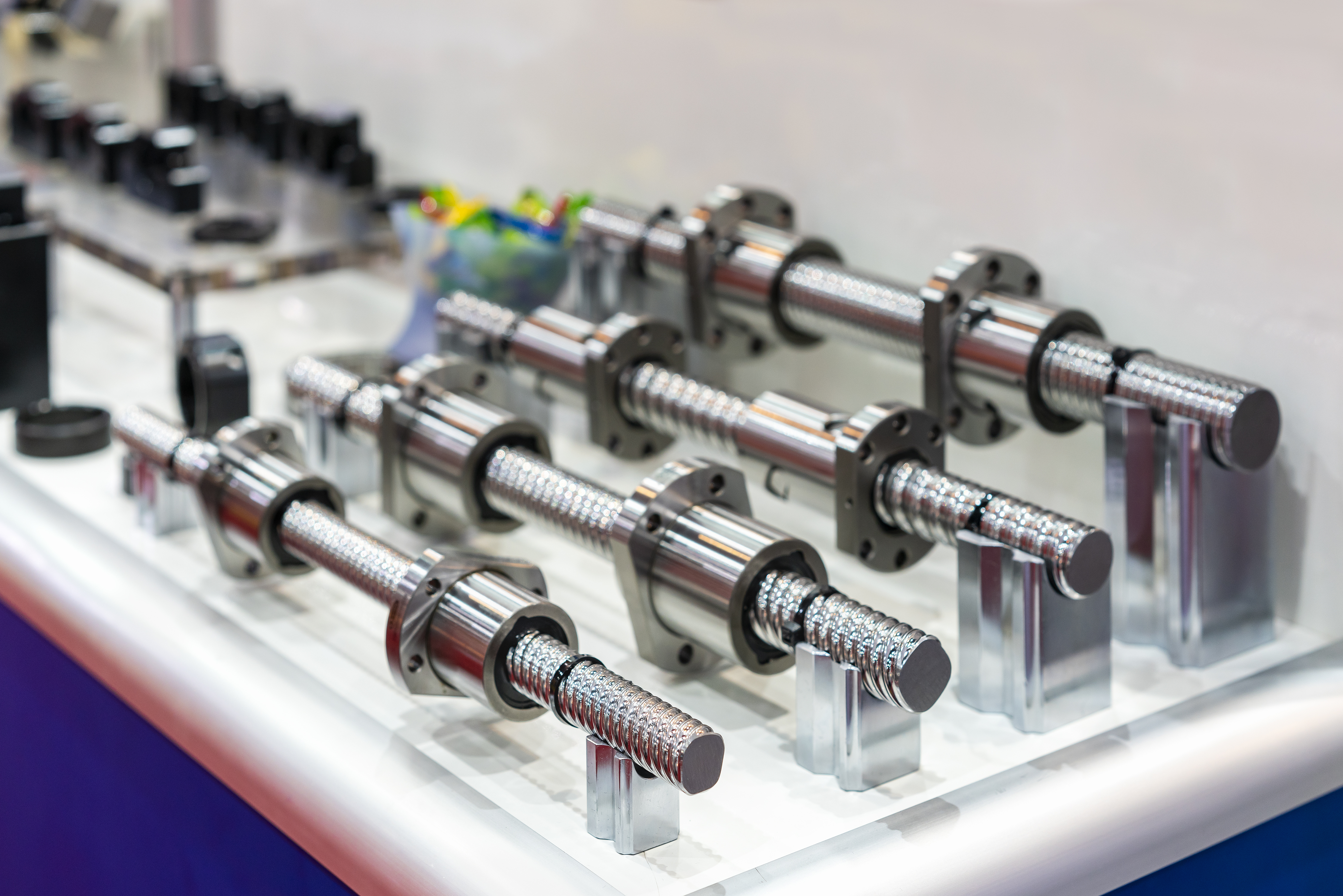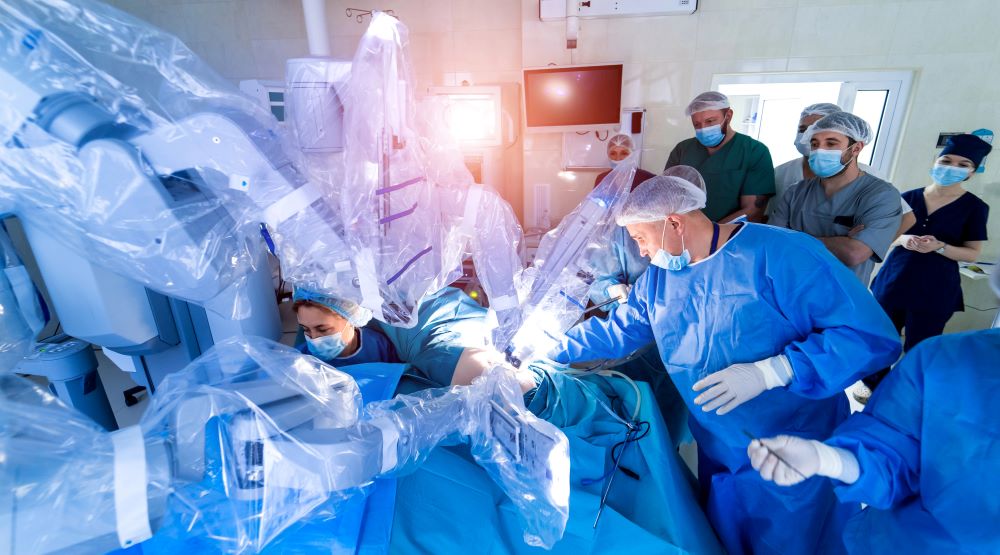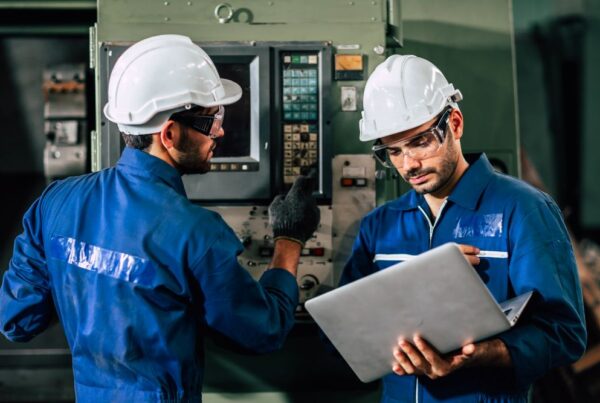For medical devices, precise, smooth movement and outstanding accuracy are of paramount importance. Ballscrews can meet these criteria with a high degree of reliability and stability.

Design and operation of ballscrews
The conventional ballscrew is used to convert rotary motion into longitudinal motion, and can also convert longitudinal motion into rotary motion. It consists of a threaded shaft, a nut containing the balls and a ball return.
Ballscrews can be classified into three groups according to their manufacturing technology:
- rolled
- peeled
- ground
The manufacturing technology determines the accuracy of the ballscrew.
Ballscrew’s accuracy is defined as the maximum axial error in the thread pitch of any 300 mm section.
Application areas
- Medical imaging equipment: precise and fine movements are essential for MRI and CT machines as well as ultrasound equipment. Ballscrews ensure that patient positioning and detection head movements are precise, which increases diagnostic accuracy.
- Surgical robots: robotic surgical devices, such as the Da Vinci robot, often use ballscrews to move the arms. This ensures that the surgeon makes precise and controlled movements, minimising the extent of the intervention and the patient’s recovery time.
- Rehabilitation equipment: some rehabilitation machines, such as movement therapy chairs, use ball bearings to ensure safe, continuous and quiet movements. These allow fine adjustments and individualised treatment programmes.
- Laboratory automation: in diagnostic laboratories, sample handling is often done through automated systems. Here, too, the role of ballscrews is significant, as they ensure precise positioning and movement of samples, reducing the potential for error and increasing the efficiency of analyses.

The advantages of ballscrews in medical technology
The use of ballscews offers a number of advantages in medical devices:
- Accuracy and stability: ballscrews offer exceptional accuracy, which is essential for critical medical tasks.
- Long service life: because they operate with reduced friction, ballscrews have a longer service life and therefore require less maintenance.
- Compact design: ideal for medical devices where space saving is critical.
- Minimal design and installation time: only one actuator module needs to be installed and set up.
Ballscrews play a vital role in modern medical devices, enabling precise and reliable operation, reducing maintenance costs and increasing equipment lifetime. As medical technology evolves, so does the role of ballscrews, facilitating more advanced and effective treatments.
If you have any questions, please feel free to contact our expert colleagues or visit our thematic webshop, lineartechnik.hu!



